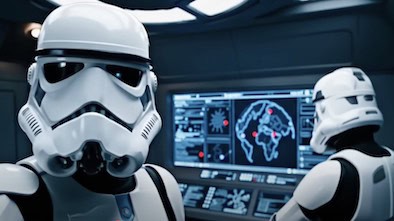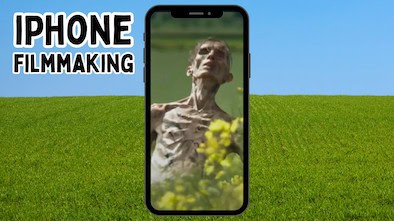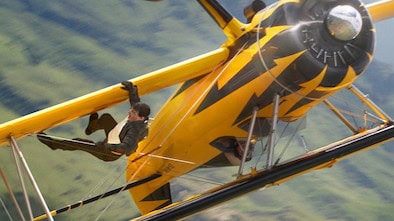Ever since the 1950s when virtual reality technology was first invented, it was prophesied to be the future of the film industry.
It seems that the future is now.
With the new decade upon us and technological advancements growing ever more rapidly, there is more of a demand than ever in the entertainment industry to deliver the goods, with a constant appetite for the latest games and films.
Although the film industry still has a way to go before it is able to incorporate the mind-blowing technology which is seen in movies like Star Trek and Ready Player One.
Filmmakers do seem to be rolling out the big guns, so to speak.
Big-name directors have swapped their traditional cameras for panoramic 360-degree cameras. Cameras which are able to film a view from all angles.
The current movement towards virtual reality is similar to the early experimental years of the late 1800s and early 1900s when motion picture was becoming a reality.
Virtual Reality in Filmmaking
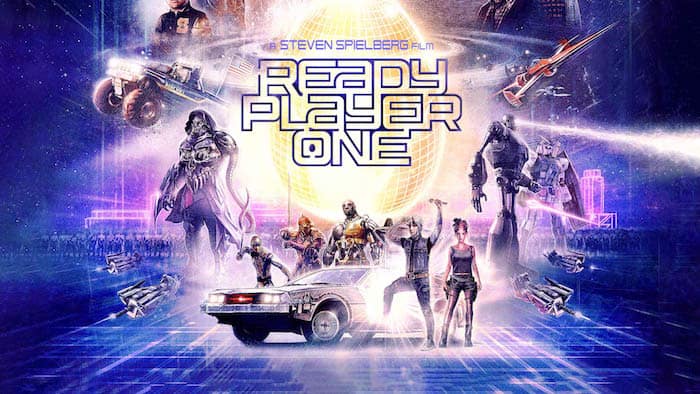
The biggest names in Hollywood have all rushed to try their hands at virtual reality films.
Steven Spielberg is one of the many sponsors who have invested in VR companies. The Academy Award-winning director backed Dreamscape Immersive, an entertainment and technology company that creates full-roam shared virtual reality theatres.
The director also wore a VR Headset to visualize the world he used in Ready Player One.
Oscar-winning director Kathryn Bigelow also used the new film format to create an anti-poaching documentary, The Protectors.
While in 2017, Mexican film director Alejandro G. Iñárritu won the Oscar for his VR short Carne y Arena.
Disney also employs VR software called Cardinal that automatically produces VR storyboards from scripts.
Directors can easily envision the make-belief world before production even starts.
Meanwhile, Robert Rodriguez and Ridley Scott are also leading their own VR projects.
Digital Domain is a visual effects company, which was founded by filmmaker James Cameron and the special effects creator, Stanley Winston. They have been the leaders when it comes to revolutionary technology in film making.
The company uses virtual reality to give directors, producers, and actors high-tech tools to envision scenes. With the help of multiple camera streams and other features.
One way that they help with virtual reality is to generate virtual sets and characters that can be placed on location. This type of method was first used when Cameron created Avatar.
The director gathered an on-set production team, including a CGI unit, which helped to pre-envision set pieces while the scenes were being shot.
This way, the cast, and crew could see what the finished final scene would look like. Even though it mostly existed in the computer during the time.
This helped the actors perform exactly in the way the director wanted.
The High Cost of Virtual Reality
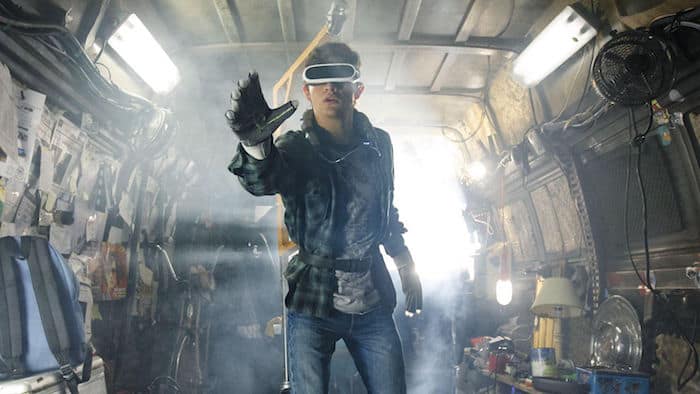
A big reason why virtual reality attracts big-shot filmmakers is that filming HD virtual reality movies come with an astronomical price tag.
Buying special cameras that will give users the VR experience can cost over $10,000 per minute, according to a report by Hollywood Reporter.
With this kind of money going towards just the tech sides of things, it becomes quite difficult for filmmakers to afford top-notch talented and experienced actors that could make VR a mainstay of films.
It has certainly been witnessed that movies that make heavy use of VR are not just shorter but also more expensive to make than regular films.
Filmmakers have to consider how much cost to push towards the customers that they would realistically bear. After all, it is quite improbable that people would pay $5 dollars per 10 minutes for a film.
Potential of Virtual Reality Impacting the Film Watching Experience

Despite the above, VR advocates believe that the medium can only grow if users are offered longer content. Of course, it is not recommended that people sit for 2 hours with a headset over their eyes.
The VR technology company, Oculus, advises that people who use VR headsets should take a 10 to 15-minute break after every 30 minutes of VR.
However, as technology advances, future VR headset will improve in physical comfort as well as graphics quality.
In the future viewers are less likely to experience eye strains and headaches after watching VR for longer periods.
As more people buy the VR headset, the VR industry will become profitable enough that the medium will become more attractive for filmmakers to make longer films.
However, they will also need to decide why a certain film needs to deliver the VR experience.
Some filmmakers believe that a simple immersive experience may not be enough to truly engage some audiences.
For that, VR films will need to make themselves interactive in the sense that the viewer will have the choice to influence the narrative of the story.
Instead of sticking to one story written by filmmakers — just like a choose-your-own-adventure novel.
Bottom Line
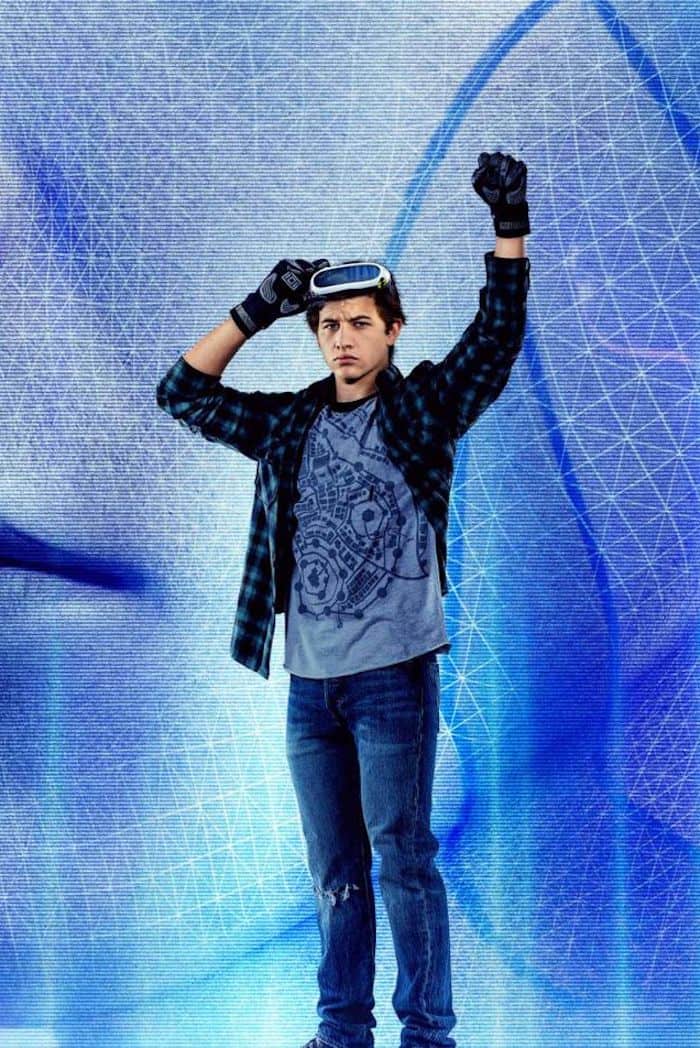
The filmmaking industry has always been driven by high-tech. The 1950s were the era of 3D movies.
In the 1980s through the 1990s, advances in special effects gave birth to revolutionary movies like Star Wars and Jurassic Park.
It is not too far-fetched to think that users will have their very own personalized movie experience in the near future.
Not unlike the concepts in movies like Tron: Legacy and Ready Player One.
As of now, virtual reality still has a long way to go before it makes it to the mainstream. But even now, it is taking the filmmaking world into newer, unchartered territories.

